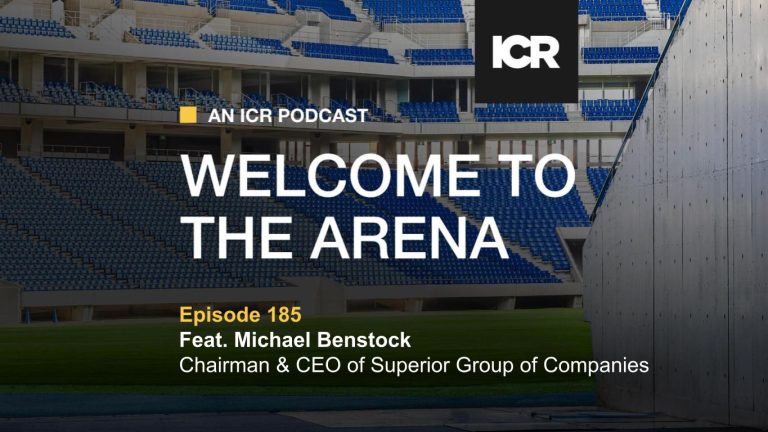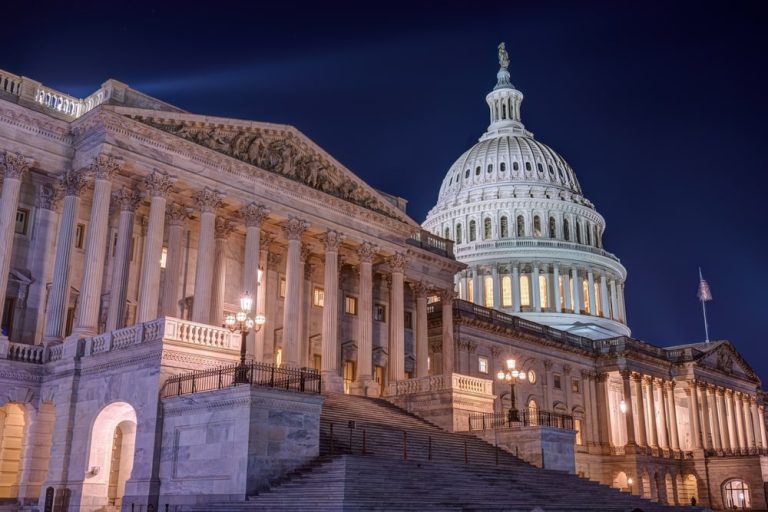With the pandemic freshly on everyone’s minds since early last year and, unfortunately, for a considerable length of time to come, brands are increasingly looking for ways to make a difference, whether locally, nationally, or globally. And that’s truly heartwarming and inspirational to see. Creating tangible impact that improves anyone’s present condition is meaningful and rewarding on so many levels to so many people.
The only rub (there’s always one it seems, right?) lies in cases whereby brands look for opportunities to “do something” to check a box, without an effective communications platform or actually providing something of value for those affected by any event, be it on a local, national or global scale. And while there may be positive outcomes, they often could have garnered more attention and had more impact had a full strategy been behind it.
Here are tips that can help guide companies in thinking as strategically as possible for the greatest benefit – both for the brand and consumers at large (as that’s who it’s all about at the end of the day):
1. Identify the White Space
This is important for really any communications strategy PR professionals compose but is especially important when going out of our way to create a meaningful opportunity for the general public. What have brands in our client’s space and those outside of it done that we are hoping to do? Are any angles not yet discovered, especially something that hasn’t surfaced in recent years to avoid looking like a copycat? We not only want to help people here but want to help companies be trailblazers, further propelling our clients’ image and leadership in their space.
Think about what hasn’t been done that your company or client can do, and in a way that is authentic to the brand. Nothing sparks visions of opportunism than an action or implementation that isn’t true to the company’s core identity.
2. Create a Lasting Impact
Of course any brand would love to create an impact, but the term lasting is key here. Campaigns come and go but the impact should ideally reverberate long-term. Ask yourself if what you’re offering is conducive to someone changing their habits or way of thinking beyond the next few weeks or months? Are we offering something that can impact other aspects of people’s lives beyond just what any brand might be selling itself?
If the desired outcome of your campaign can be felt beyond the immediate, consumers will be attracted to the effort and media will follow (both in the short-term but also with a follow-up story down the road as a “check-in” on the impact made). The halo effect of what the company has done will be felt and remembered, if done right, for years to come.
3. Don’t Sound Self-Serving
I think we all wish that simply doing good for the sake of good with no strings attached is something we could all strive for as people. But understandably, companies may not be able to afford to do so – literally – without making sure their efforts are recognized. We have an opportunity — actually, an obligation — to help brands see the forest for the trees. Media and the general public are getting savvier by the day and it’s important that we fulfill a need they have. Clients need to trust that, if there is enough value exchange, they will reap the benefits of the right planning and programs without having to shout at media to cover any activity “just because.”
Walking the walk is a lot more effective than talking the talk. Show what you’re doing to demonstrate value rather than just talking about what you’re doing, especially if all that talk is about you.
At the end of the day, headlines are nice and those that include your clients are, of course, really nice, but shouldn’t we strive to create more impact than just an eye-catching phrase for our own benefit?



